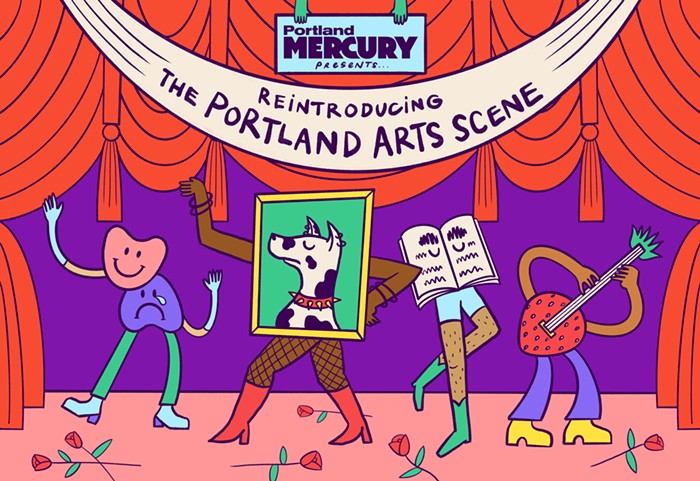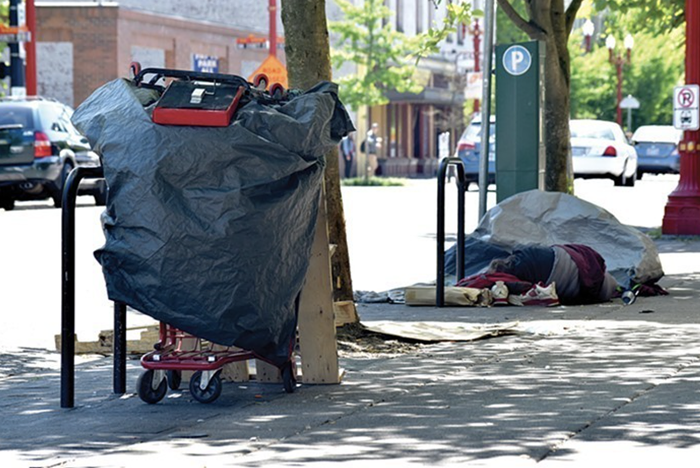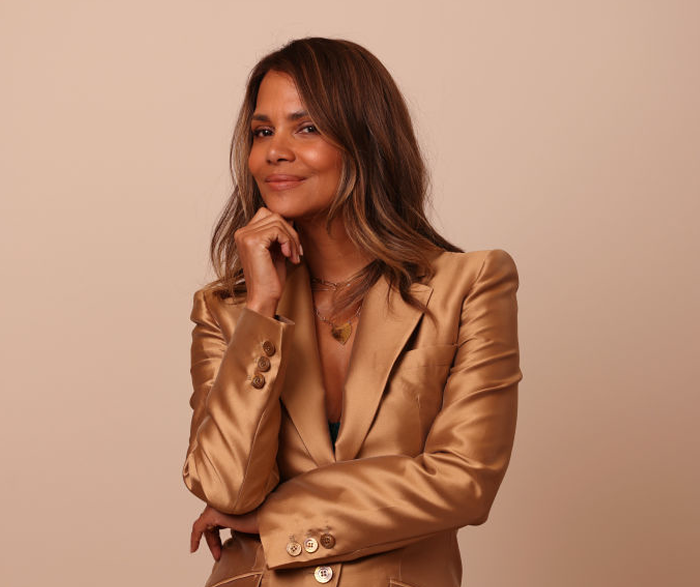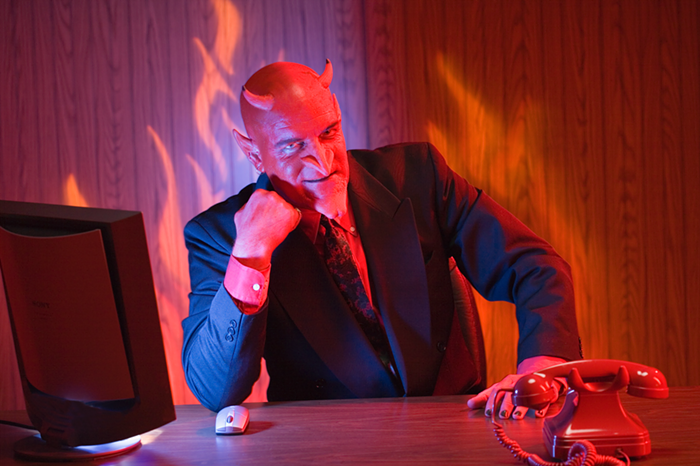Before I became aware of being gay, I was an 11th grade art club member at Hudson's Bay High School in Vancouver, Washington. Tall, skinny, and dressed in clothing that represented my flair for both the found object (thrift store finds) and bizarre (cut-off jean shorts with small mirrors hot glued all over), I was no stranger to ridicule. In fact, my first day at kindergarten, adorned in a homemade kimono and Swedish clogs, had been the first of what seemed like an endless stream of daily name calling and promises to "kick my faggot ass" behind the doors of the cafeteria and gymnasium. I had been beaten shy, verbally crushed until my clothing was the last remnant of the creativity and self-expression that brewed beneath the surface. Many asked why I "dressed that way," and in hindsight I think it was a combination of not feeling I had a choice, and habit—I had always dressed this way. I had something to say, and because it wasn't safe to say it out loud, I let what I wore do the talking. Nobody wanted to talk to me.
It was 1989, and the art club had asked me to make a poster for their upcoming Tie Dye Party. Art club was made up of a quintessential assortment of high school outcasts. There was the "Joni Mitchell" girl: long horse face, beret, poncho. There was the boyfriend/girlfriend: matching baggy cardigan sweaters, promise rings, secret language. There was that guy, the one with the smoky bedroom eyes, who goes around giving girls back massages in the hall. There were others, and there was me.
I stayed up all night in my parents' basement, door-sized butcher paper under my knees, tempera paint pots, old paintbrushes, and crumpled paper towels scattered about. I was really into Donovan, the Doors, Ultimate Spinach, and the Airplane, and I was going to make the most psychedelic tie-dye party poster anyone had ever seen. At around three in the morning, the paint below me had started to dry, and by 7 am, there it was in all of its glory: seven feet of stylized nude dancing woman, hair exploding into an electric array of lightning-bolt colors, rivers of mind-blowing orange and pink and green, spelling out "Tie Dye Party! After school, Friday! Bring your own T-shirt! Make it groovy!" When I thumbtacked it to the door of the art room, I was very proud indeed, a high school Sistine Chapel!
Then it started. First I noticed the assistant principal, Mr. Smith, stopped by the room where he had a short and quiet word with the art teacher, Mr. Vernon. Then he came again, and this time, during their conversation, Mr. Vernon gestured toward me. The third time, Mr. Smith came straight for me and pulled me outside of the room to talk in the hall. He told me that he liked my poster, and that I obviously had not only a great amount of graphic skill, but was able to capture the contours of a nude body well. Too well. "Couldn't you paint a bathing suit on her?" he asked. "Or perhaps a nice halter top and mini-skirt?" Mr. Smith had become a very unlikely fashion consultant. "We can't have a naked woman hanging in the hallway, do something about it!" This poster, this expression that I was so proud of, my work, much like my clothing, was not only hated and laughed at by my peers, but by my mentors. Before this I had received nothing but praise from adults regarding my artistic leanings. I began to think it was all a lie. I didn't paint a halter top on the poster, instead I got the biggest black charcoal crayon I could find and wholeheartedly scratched and destroyed the surface, obliterating the breasts, shredding the genitals. In their place, I wrote, "Mr. Smith hates your body" and "Censorship kindly provided by our prude school system." Later in the afternoon, in fifth period, I was called to Mr. Smith's office.
What he told me shattered my reality. He, for the first time ever, spoke to me as an equal. The energy changed between us. He said that he respected me as an individual. He told me that he was excited for me to get out there into the real world, that for people like me, high school was a joke. He said that he was proud that I had a fighting creative spirit, that it would serve me well. He said that it was just a fact that high school society was 20 years behind what was actually going on in society. He expressed his personal frustration with the system, that it excluded artistic people like me, and made them feel inferior, even though they were the most important part of cultural evolution. He said, "Raise hell, but don't waste your energy on high school. High school is not reality."
And for the first time in my life, I truly felt accepted by society and proud that I was different.













